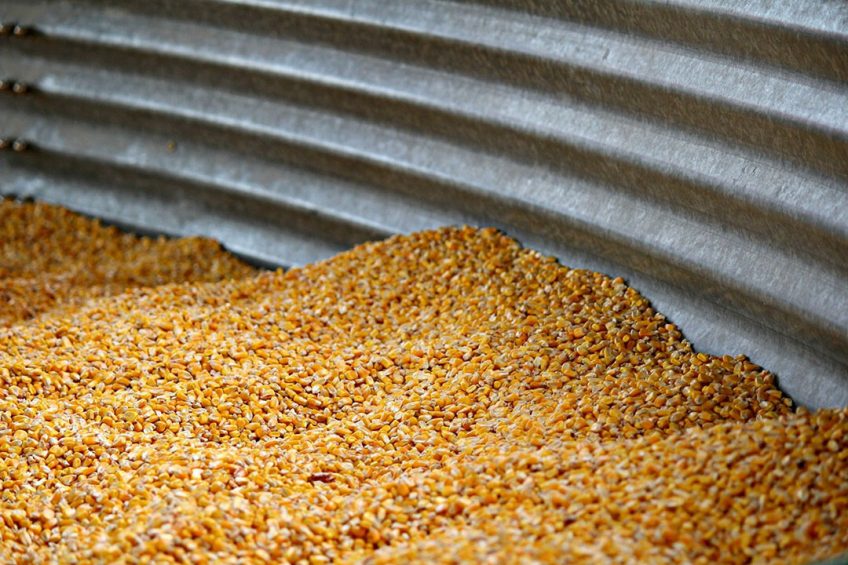Temporary calm on the grain market

The prices of grain, both in the day trading and futures markets, have fallen somewhat. The level remains on the high side. The current calm is temporary, people are mainly waiting for news about expected maize areas in the United States.
Grain prices were also under pressure last week, both on the physical world market and on the futures markets in Paris and Chicago. The first expiring wheat contracts (May 2021) in Paris and Chicago fell by more than 2% from week to week. For maize, the decline was very limited, less than 1%. In Chicago, this was after a sharp rise in corn futures prices the previous week.
Corn is still doing very well in day trading on the world market, as is soybeans. Both commodities are currently trading at prices set at 100 by the 2000 index, now both scoring above 260 index points. This means that they score more than 2.5 times the price of January 1, 2000.
Until Wednesday next, there will be cautious trading on the futures market, because on that day more will be known about the expected areas of corn and soy in the United States, as well as the remaining stocks. In the short term, however, corn is on the tight side, which means that the future price in Chicago is unstable and can spike at the slightest thing.
In the EU, wheat and barley are doing very well, especially in France. Reports of this kind about crop growth and weather conditions in cereal production areas still influence price formation. They often change. For example, SovEcon has raised the forecast for the Russian wheat yield season 2020-21 by 3.1 million tons to 79.3 million tons, despite serious doubts about the quality of the winter wheat after the severe frost period. The effects of the imported Russian export tax on wheat are noticeable. The introduction came about for a reason. The quantity exported so far is 26% above that of the same period in the previous season, reports the Netherlands Enterprise Agency.











